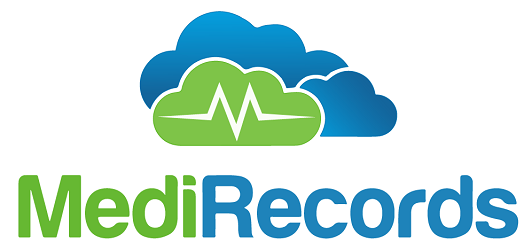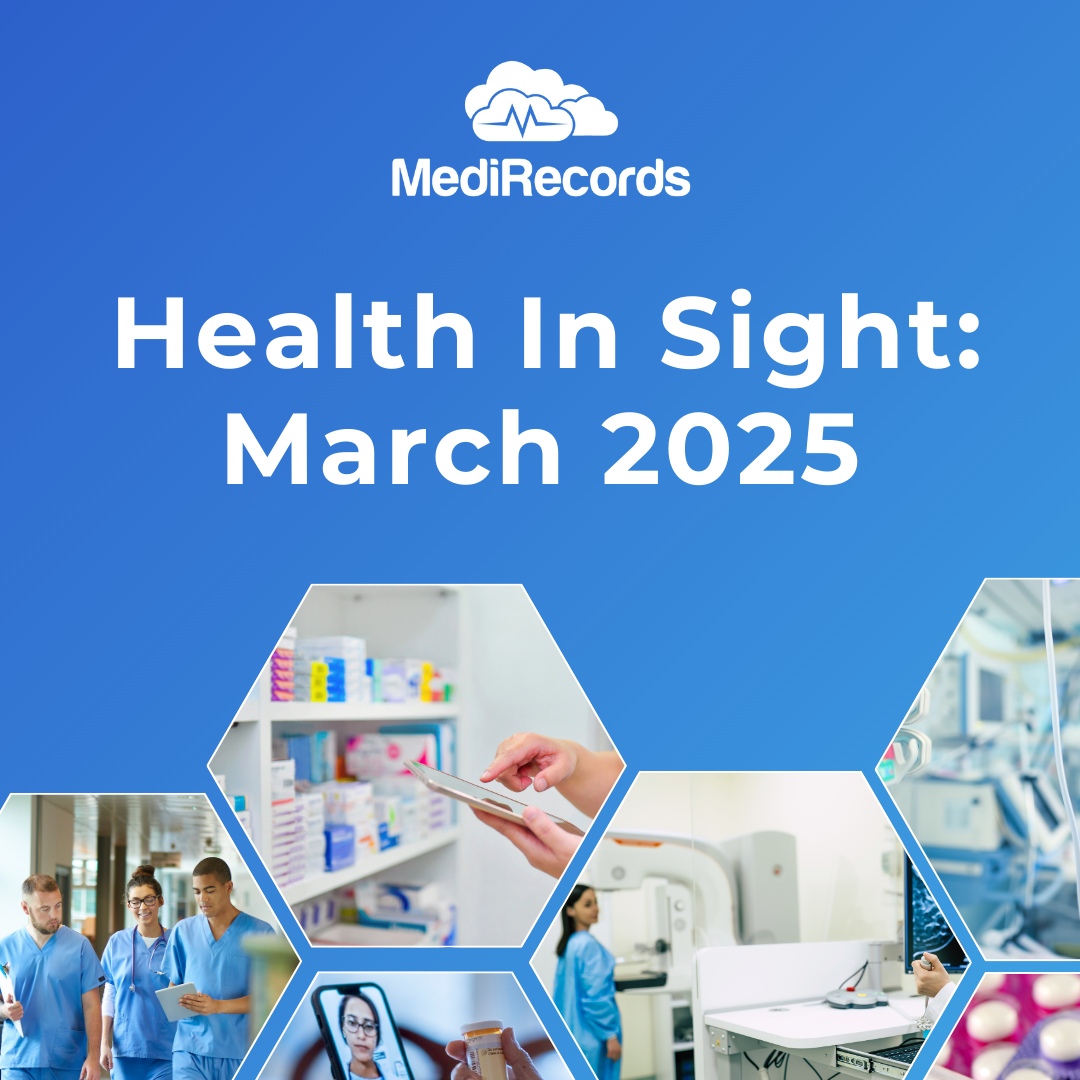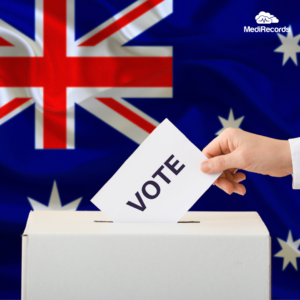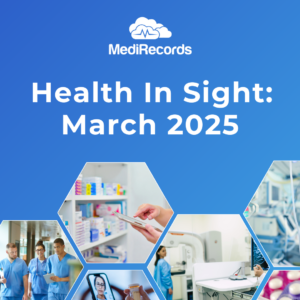March 27, 2025
Health In Sight: March 2025
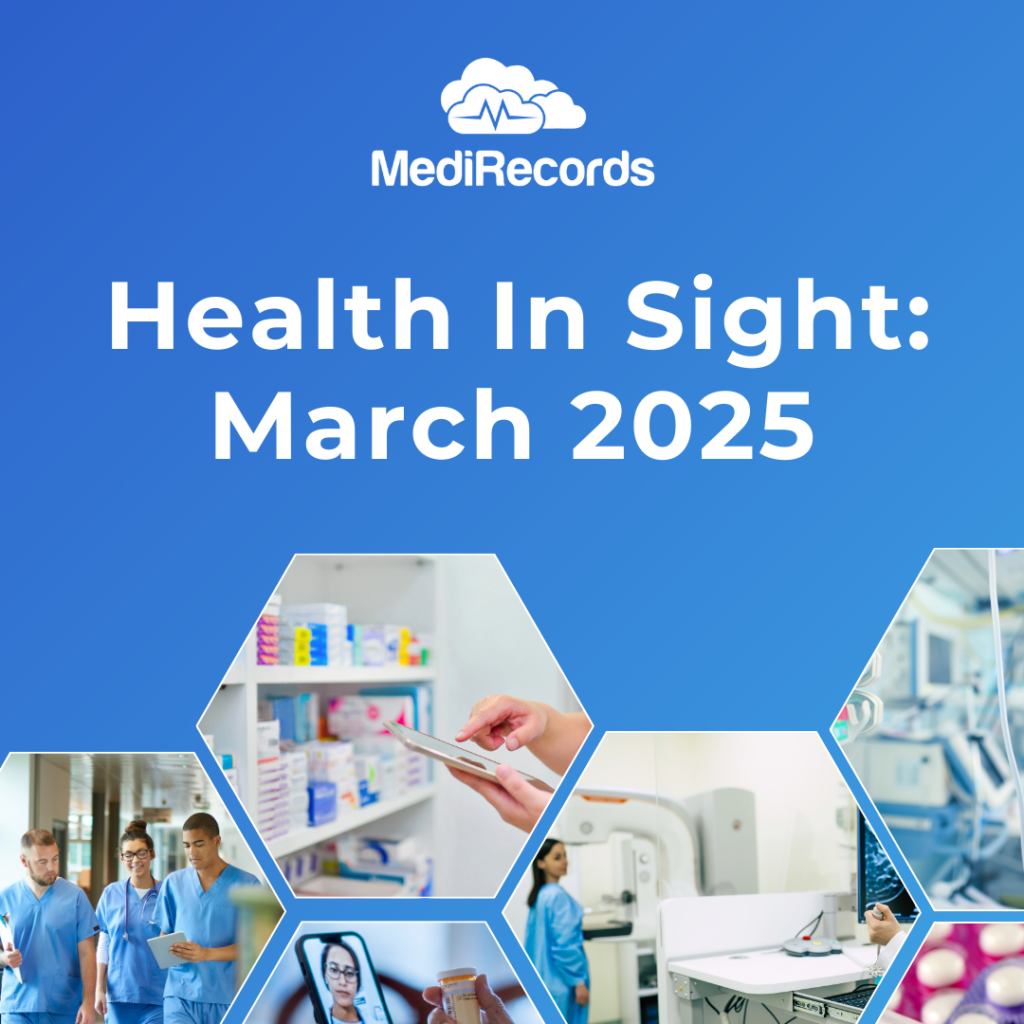
Australia has a Federal Election on the horizon and healthcare is often at the heart of political campaigns.
It’s not so long ago the word ‘Mediscare’, with its connotations of a pay-your-own-way healthcare system, almost resulted in a change of government. With cost of living the most commonly cited pain point for Australians in 2025, the Albanese Labor Government has released its ‘future-shaping’ Federal Budget early, getting on the front foot about healthcare funding and consumer expenses for coming financial years.
Here is a selection of Federal Budget healthcare headlines:
1. Bulking up bulk billing
In news announced a week before the budget, $7.9 billion will be spent from November to encourage medical practices to bulk bill more patients, with the goal of 90% of patients being bulk billed by 2030.
2. Cutting costs of prescriptions
The maximum cost of Pharmaceutical Benefits Scheme (PBS) medications for consumers will drop from $31.60 per prescription to $25 in January 2026.
3. Spotlight on women's health
Aiming to “reverse decades of neglect to women’s health”, the budget allocates $792. 9 million to adding new contraceptive pills, menopause and endometriosis medications to the PBS, new bulk billing items for menopause and contraceptive consultations, new endometriosis and pelvic pain clinics, and a trial of pharmacy prescribing of contraceptives and ‘uncomplicated’ UTI treatments.
4. Extra urgent care
Another 50 Medicare Urgent Care Clinics have been funded, with the Labor Government claiming 4 in 5 Australians will live within a 20-minute drive of a UCC once all sites are operational. The UCCs appear popular with voters (but less so with GPs) and intended to reduce pressure on overcrowded public hospital emergency departments.
5. Booster shots for the workforce
The government says it has funded the biggest ever training program for GPs, with 2000 new GPs a year to be trained by 2028 and incentives created for young doctors to specialise in general practice. Scholarships have also been funded for nurses and midwives, and 60,000 aged care nurses will get a pay rise. Funding support for cash-strapped state and territory public hospitals has also been increased.
6. Digital delivery
An additional $46 million has been found for ‘digital mental health services’ (which we read as telehealth services). The ongoing overhaul of the My Health Record has also been given a top up to “drive a digitally connected healthcare system”, and electronic prescribing infrastructure will get a $5.7 million makeover.
These initiatives and others in aged care and indigenous health land at a time when Australians are getting older, sicker and having fewer babies. With much of this spending scheduled for after the election (predicted for May 2025), the voters may decide what gets spent in coming years.
Other government news
While we’re talking government, WA’s Premier Roger Cook (a former Health Minister) has taken the initiative of creating a Preventative Health portfolio tasked with reducing demand on hospitals long term. Meanwhile time-poor South Australian doctors are unlikely to have AI scribes coming to their rescue after reports the technology will be banned in public health settings.
And the UK Prime Minister, Sir Keir Starmer, has announced the end of an era in British healthcare, with the stand-alone National Health Service England (NHSE) being absorbed back into the Department of Health and Social Care, to reduce duplication of costs and enhance purchasing powers.
Further reading:
Australian Government Department of Health and Aged Care: Budget 2025–26 Stakeholder pack
Australians can wait at least 258 days for their first psychiatry appointment, our new study shows
Birth rate continues to decline | Australian Bureau of Statistics
WA sets new prevention benchmark with cabinet role | Health Services Daily
